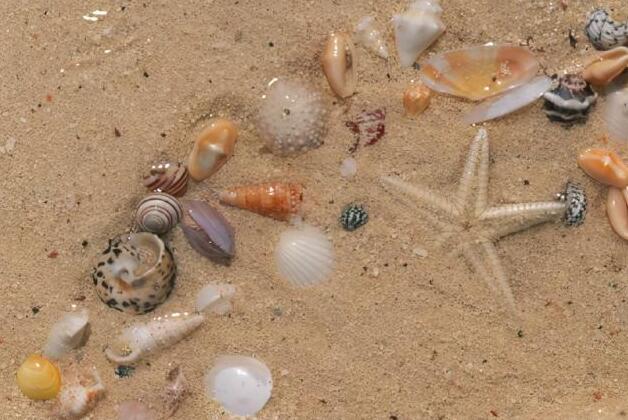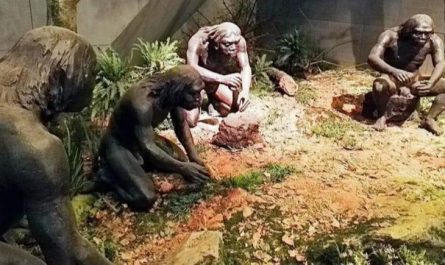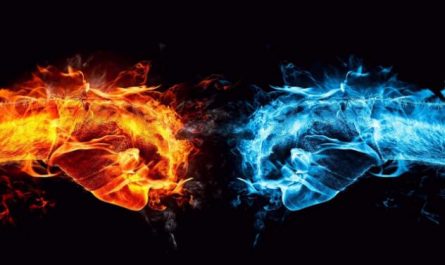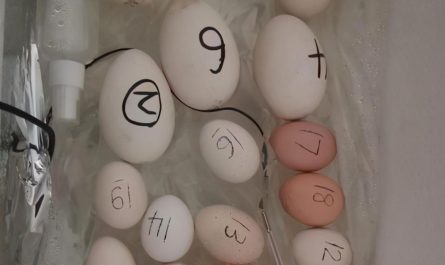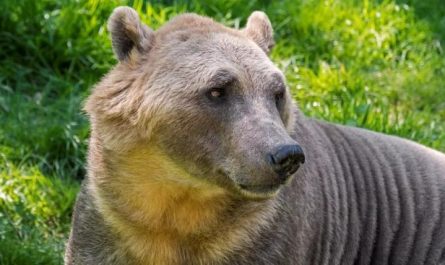Life on earth may originate from a pot of primitive soup, from which the basic characteristics of life emerge spontaneously.
Who we are and where we come from are questions that humans have been asking for generations. Life on earth may have originated in a pot of primitive soup.
In September 2020, a study published in the journal Science found that just using 6 simple inorganic substances such as water, nitrogen, and methane, let them chemically react with each other, and continue to iterate to produce a variety of catalysts. , They are also participants in chemical reactions, thus forming a self-catalyzed and self-replicating chemical cycle.
Life originated from a pot of primordial soup?
The origin of life has always been a concern of scientists. The original earth was obviously lifeless. How to breed complex organisms from simple inorganic substances?
As early as the 19th century, Darwin had guessed in a letter to botanist Joseph Hook that perhaps life on earth originated in a small warm pond. In this small pond, if conditions such as ammonia and phosphate, light, heat, and electricity are all available, biological macromolecules such as proteins can be formed.
Darwin’s thought gradually developed into the primitive soup hypothesis about the origin of life. In short, the primordial soup hypothesis holds that life on earth originated from a pot of primordial soup mixed with inorganic substances: in the primitive earth environment, simple inorganic substances are transformed into organic substances through chemical reactions, and organic substances develop into biological macromolecules The simplest and most primitive cell appeared, and eventually evolved various forms of life on earth.
In 1953, a small part of the original soup hypothesis—the process of producing organic matter from inorganic matter was experimentally confirmed. This is the Miller-Yuri experiment that we learned in middle school textbooks. At that time, chemists Yuri and Miller sealed a variety of inorganic substances (water, methane, ammonia, hydrogen, and carbon monoxide) in a flask, and then used electrodes to generate sparks to simulate the original atmosphere of lightning and thunder and observe whether they are true Can synthesize organic matter. It was surprisingly found that the basic components of protein-amino acids were produced in the flask.
This experiment greatly supports the primordial soup hypothesis, but we don’t know exactly what the original atmospheric composition is. After investigating the climate, temperature and other factors of the ancient earth, scientists discovered that ammonia, methane, and hydrogen may have never existed as the main gases on the earth at the same time. After considering these factors, subsequent experiments never replicated the success of the Miller-Yuri experiment, and no amino acids were spontaneously produced in the original soup.
The primordial soup hypothesis seems to become precarious. Fortunately, the research from the hot springs under the sea brought things a turning point.
Deep sea hot springs bring opportunities
In the 1970s, scientists saw a strange landscape in the Galapagos Rift Valley in the Pacific Ocean: steaming and smoky here, although it is more than two thousand meters deep under the sea, there are many chimneys, as if you are in a volcanic crater— -This is the deep sea hot spring. What’s more surprising is that the hot spring is surrounded by a vibrant world of life, with bacteria, crustaceans, tube worms, octopuses and other creatures of various sizes gathered in population density comparable to coral reef ecology.
In the dark and deep sea where light cannot penetrate, there is still life, and it seems quite possible to form life from the primitive soup.
In the 1980s, the second type of hot spring also caught the eyes of scientists. Unlike the first type of hot springs, which are formed by volcanoes and magma, the second type of hot springs are formed by the penetration of seawater into rocks. The slow seawater erosion has caused the rocks to form peculiar textures, showing a large number of tiny cavities under the electron microscope, similar in size to cells, but not cell remains.
Scientists speculate that these cavities may be ideal places for gestating life, and nature’s first pot of primordial soup may have been placed here. The earliest life lived in these natural isolation barriers provided by nature before evolving its own cellular structure, just as ancient humans lived in caves.
The walls of these cavities are rich in pyrite, which naturally has a strong catalytic ability to catalyze the self-replication of the living substances in them. The replication of genetic material is the core of life replication. It is what makes a cell develop into a cluster of cells, allows a tree to spread across the entire forest, and allows a pair of birds to reproduce the entire island of birds.
The “chicken lays egg” problem of the origin of life may not need to be tangled
Naturally, it has its own path, successfully bred a self-replicating life in the original soup. However, it seems difficult for humans to see its wisdom. We have to think hard about how to connect the broken chain in the Miller-Yuri experiment, and how does inorganic matter produce biological macromolecules and gain the ability to replicate themselves?
Entering the 20th century, the rapid rise of network science has inspired people. Just as the connection is the essence of the network, scientists have speculated that in the process of gestating life from the original soup, the key is not necessarily a few specific molecules, but may also be a batch of different molecules that interact. Different molecules interact, and the basic characteristics of life emerge from it-self-replication.
A paper in the journal Science in 2020 provides evidence for this conjecture. Researchers use chemical algorithm software to start with 6 simple substances: water, nitrogen, hydrogen sulfide, ammonia, hydrogen cyanide, and methane as starting reactants, and let them react with each other. The new substances produced then continue to participate in the reaction. The generations continue to form a huge chemical network, which contains tens of thousands of molecules, many of which are organic substances in living organisms.
After analyzing, they surprisingly discovered that in this network, there are many kinds of catalysts. They are both catalysts and participants in chemical reactions, making chemical reactions faster and faster and accumulating more and more substances. In other words, starting from simple inorganic substances, it can spontaneously form a self-catalyzed and self-replicating chemical cycle-this is the foundation of life’s self-replicating ability.
The study also found that in addition to the catalyst, there are surfactants in the reaction product. This is a type of substance that can significantly reduce the surface tension of the target solution, can change the wettability, help solubilization, emulsification, foaming, etc. The main ingredient of our common detergent is surfactant.
You may not think of the connection between surfactants and life. In fact, the main functional component of cell membranes is surfactants. This layer of surfactant may help form the most primitive boundary between life and the surrounding environment and accelerate the formation of individual cell life.
The simulation experiment allows us to see that several simple inorganic substances react with each other and continue to iterate to produce biological macromolecules with self-catalysis and self-replication capabilities, as well as the life barrier of surfactants. This also inspires us, perhaps there is no need to entangle a “chicken and egg” problem in the field of origin of life: Who will produce the self-replicating DNA and the catalytic protein? The situation may be that everything spontaneously emerges in the original soup.
Although the related research is quite preliminary, it undoubtedly gives us a glimpse of the origin of life.
The boundary between non-life and life may not be so clear at first. Today’s vibrant world of life is produced from a pot of primitive soup composed of inorganic molecules.
Next time when we walk on the beach and see scattered rocks, shells, water plants, fish schools, gravel and air, do you think that those non-living substances are also closer to us?
